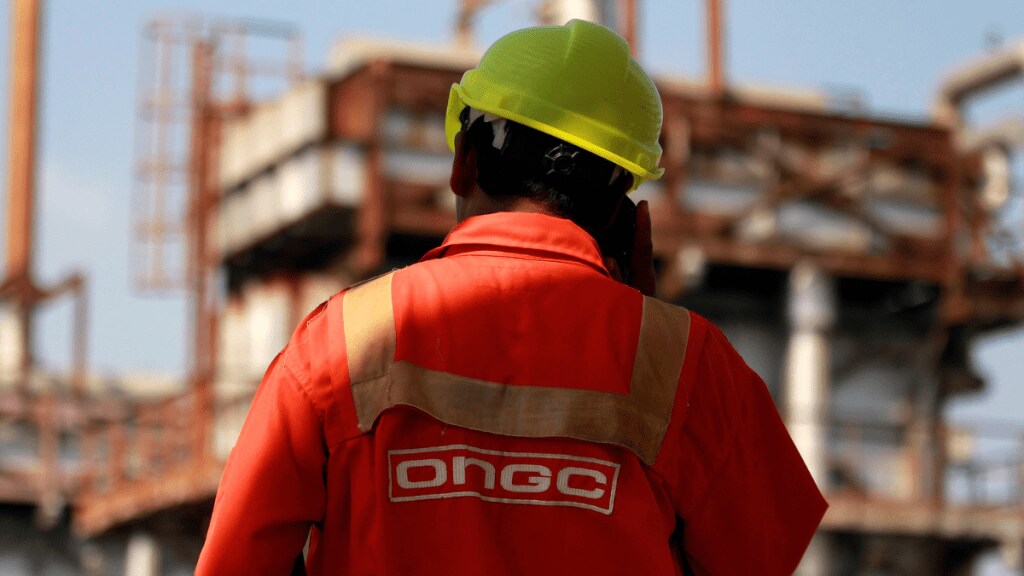The brokerage firm, Jefferies has reiterated its ‘Buy’ rating on ONGC, with a target price of Rs 375. According to the brokerage firm, the company is poised for substantial growth over the next few years, with production from its key fields, and partnerships, particularly with BP.
Furthermore, the brokerage house expects ONGC’s crude production from the KG Basin to rise to 45 kbpd by the end of FY25. This could potentially contribute 10% of the company’s standalone production. Gas production from the KG Basin is forecasted to increase to 8 to 10 mmscmd by mid-CY25.
Let’s take a look at the key reasons why the brokerage has reiterated its ‘Buy’ rating on ONGC:
1. Quarterly performance in line with estimates
ONGC in Q3FY25 reported a standalone EBITDA of Rs 190 billion, a 11% YoY growth and a 4% sequential increase, which was marginally ahead of Jefferies estimates.
The brokerage further noted that PAT of Rs 83 billion was 16% below their estimate, due higher depreciation, lower dividend income, and increased tax rates. Moreover, consolidated PAT of Rs 86 billion was 37% below expectations, driven by underperformance of subsidiaries such as HPCL and MRPL.
“Standalone crude production rose to 5.24 MMT, up 1% sequentially, while gas production increased by 1% to 5.11 BCM, both slightly ahead of our estimates,” Jefferies noted.
2. BP’s role in enhancing Western Offshore Fields
The brokerage in its report noted the partnership with BP as a major growth driver for ONGC.
According to the brokerage house, BP has been contracted as a Technical Services Provider to enhance oil and gas recovery from ONGC’s largest fields, which currently contribute 32% of crude and 20% of gas production.
“BP expects to increase crude oil recovery by 44% and gas recovery by 90% over ONGC’s current assumed recovery estimates,” the brokerage noted, highlighting that this partnership will likely drive annual increases in crude and gas production starting FY27, which poses an upside risk to their estimates.
3. Government policy changes favour ONGC’s growth
Recent regulatory changes are also positive for ONGC’s profitability outlook. The government has implemented premium pricing for new well gas from existing fields, increasing the price from US$ 6.5/mmbtu to US$ 9/mmbtu.
As per the brokerage, “This new pricing could enhance ONGC’s revenue potential, particularly as 12% of the Indian crude basket is affected by the price increase.”
Additionally, the withdrawal of the Special Additional Excise Duty on domestic crude production gives ONGC more flexibility to benefit from higher crude prices.
4. Earnings forecast and valuation
The brokerage firm has raised its standalone earnings estimates for FY26/27E by 2% and 4%, respectively, but reduced consolidated earnings estimates by 8% and 5% due to weaker subsidiary performance.
Despite these revisions, the brokerage maintains a positive outlook for ONGC, with a 2%/9% two-year CAGR forecast in crude and gas production.
ONGC Q3FY25 performance
ONGC reported its Q3FY25 results on January 31, showing a 6.92% drop in net profit. The company made a profit of Rs 9,783.64 crore, which is lower than the Rs 10,511.23 crore it earned in the same quarter last year. Compared to the previous quarter’s profit of Rs 9,878.44 crore, the profit in Q3FY25 also showed a decline.
ONGC stock performance
The share price of ONGC ended the trading session on a positive note today, February 5, with the price surging over 2%. ONGC’s share price closed the day at Rs 261.05, up by 2.74%.
The company’s market capitalisation is Rs 3.29 lakh crore. Over the past 52 weeks, ONGC share price has reached a high of Rs 345 and a low of Rs 223. In the last five days, the stock has gained 2.74%, but over the past six months, it has fallen by nearly 15.86%. Over the past year, it has seen a slight decline of 0.72%.


